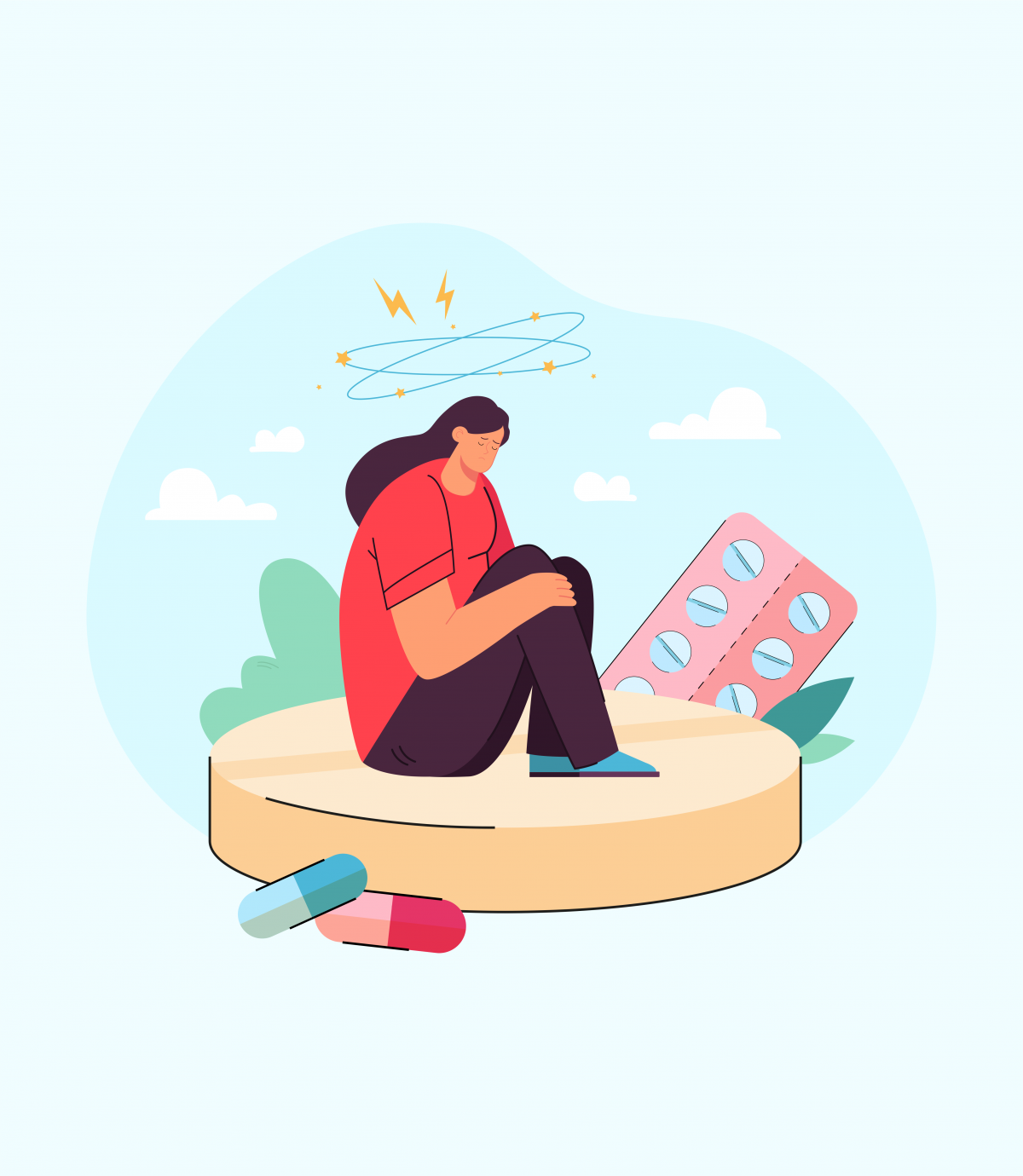
One of the most prevalent neuropsychiatric illnesses of youth is attention-deficit/hyperactivity disorder (ADHD), which is characterized by issues with impulsivity, hyperactivity, and inattention. According to population-based studies, the prevalence of children’s ADHD diagnosis is estimated to be in the ratio of 3:1 for male-to-female. Males are diagnosed with and treated with ADHD more frequently than females. Due to differences in how the disease manifests in boys and girls, research on gender differences contends that females may frequently go unrecognized and undiagnosed.
Why are symptoms of ADHD more visible in boys?
When compared to males with ADHD, females are said to exhibit more inattentive symptoms and fewer hyperactive/impulsive symptoms. Additionally, compared to boys, girls with ADHD exhibit the inattentive subtype more frequently. Less disruptive conduct in females with ADHD may contribute to referral bias, which results in a lack of recognition and treatment for females with ADHD. For instance, despite identical levels of impairment, research has shown that teachers more frequently refer boys than girls for treatment for ADHD.
How can you recognize that your child has ADHD?
Boys with ADHD frequently exhibit externalized symptoms, such as running and impulsivity, according to research. Girls with ADHD, however, frequently exhibit internalized symptoms. Low self-esteem and inattentiveness are among these symptoms. In addition, boys are more likely to be physically hostile than girls are to be verbally confrontational. Girls with ADHD experience difficulties that are frequently disregarded since they frequently exhibit fewer behavioural issues and less obvious signs. They are not given a referral for an examination or medical care as a result. Future complications may result from this.
Despite the fact that boys and girls may exhibit ADHD symptoms differently, both groups must receive treatment. Although ADHD symptoms do tend to reduce with age, they can still have a significant impact on many aspects of life. Take your child to the doctor as soon as you can for an evaluation if you think they may have ADHD. Symptoms can improve with quick diagnosis and treatment. It may also aid in halting the emergence of future illnesses.
